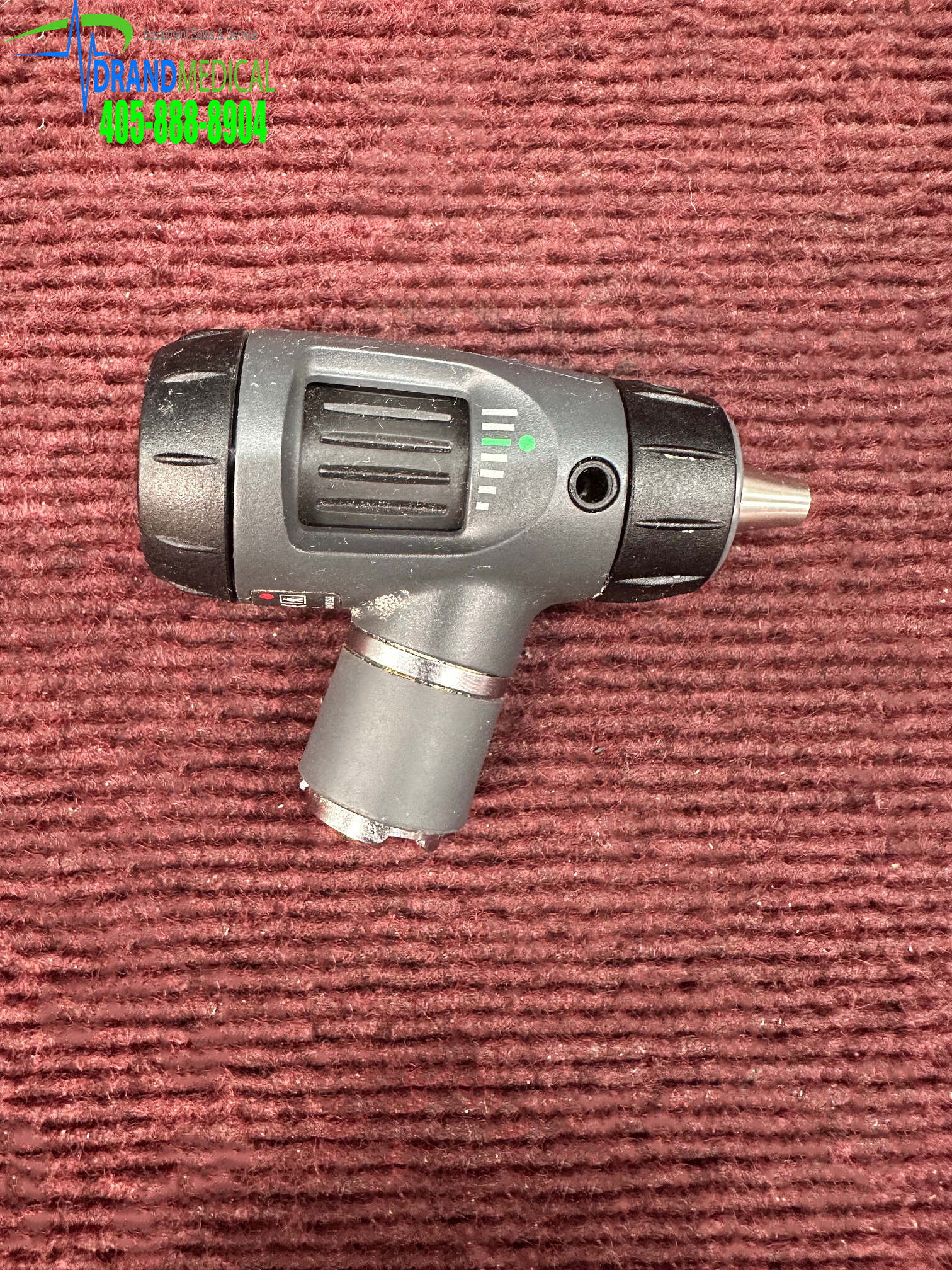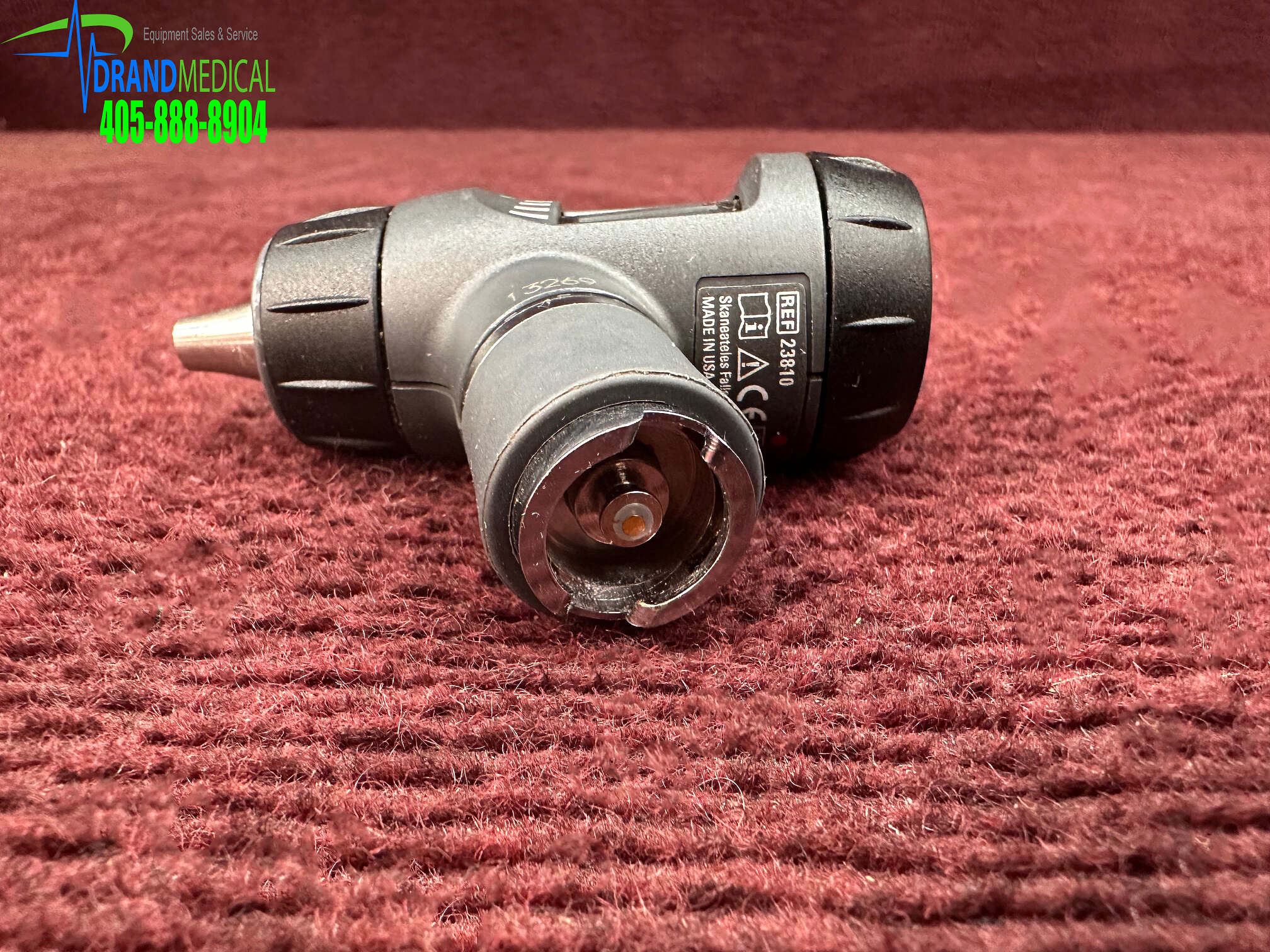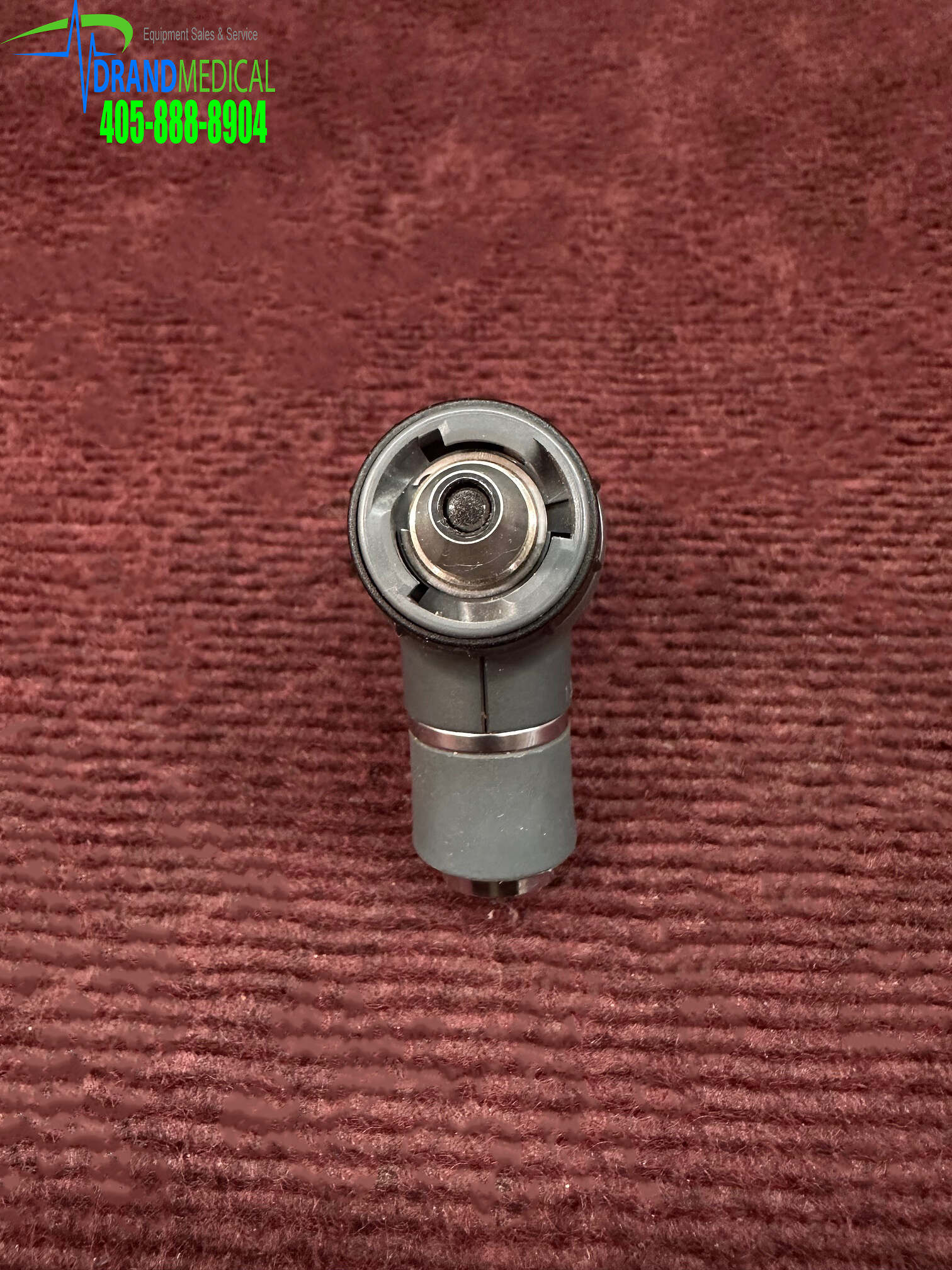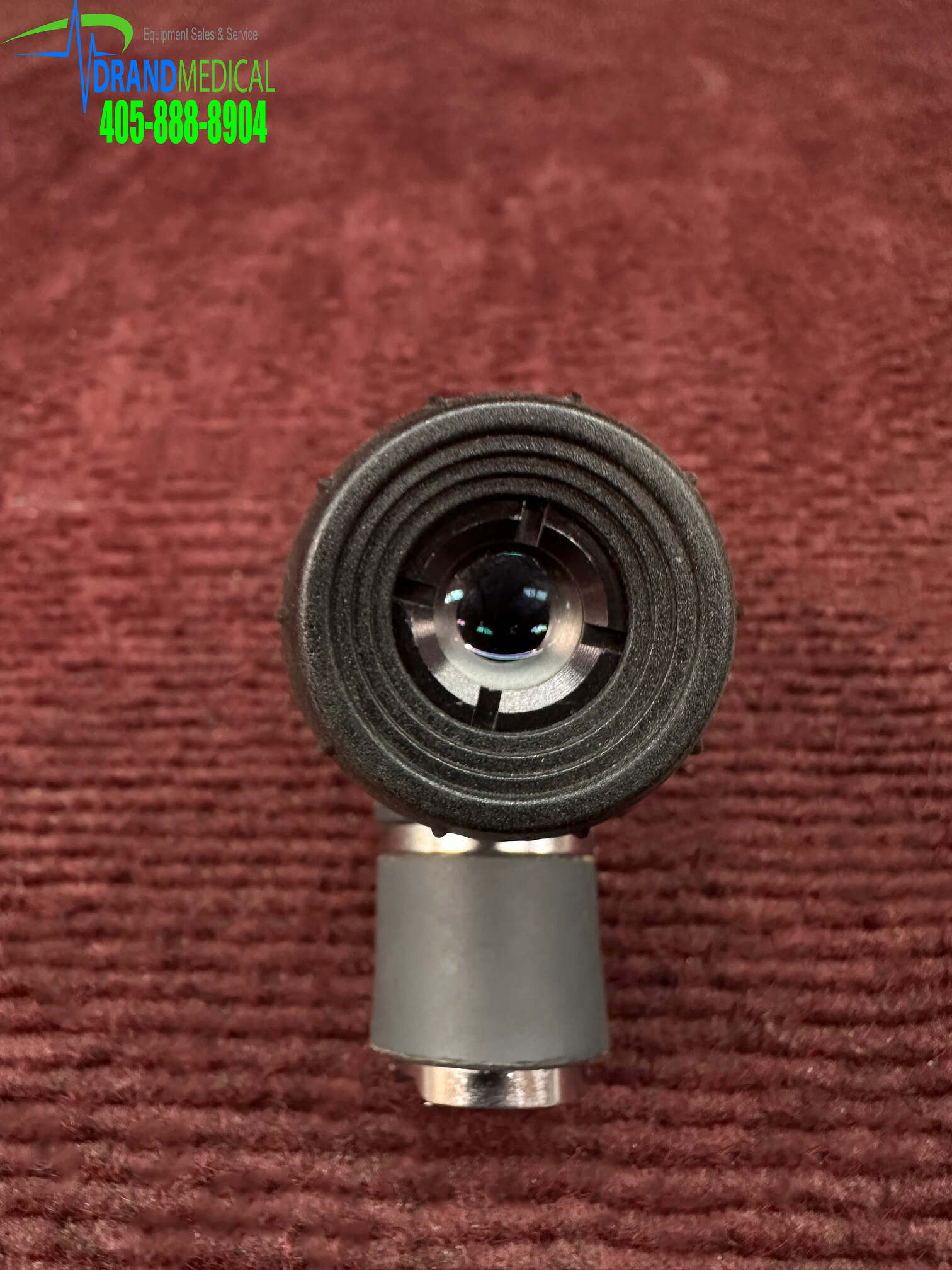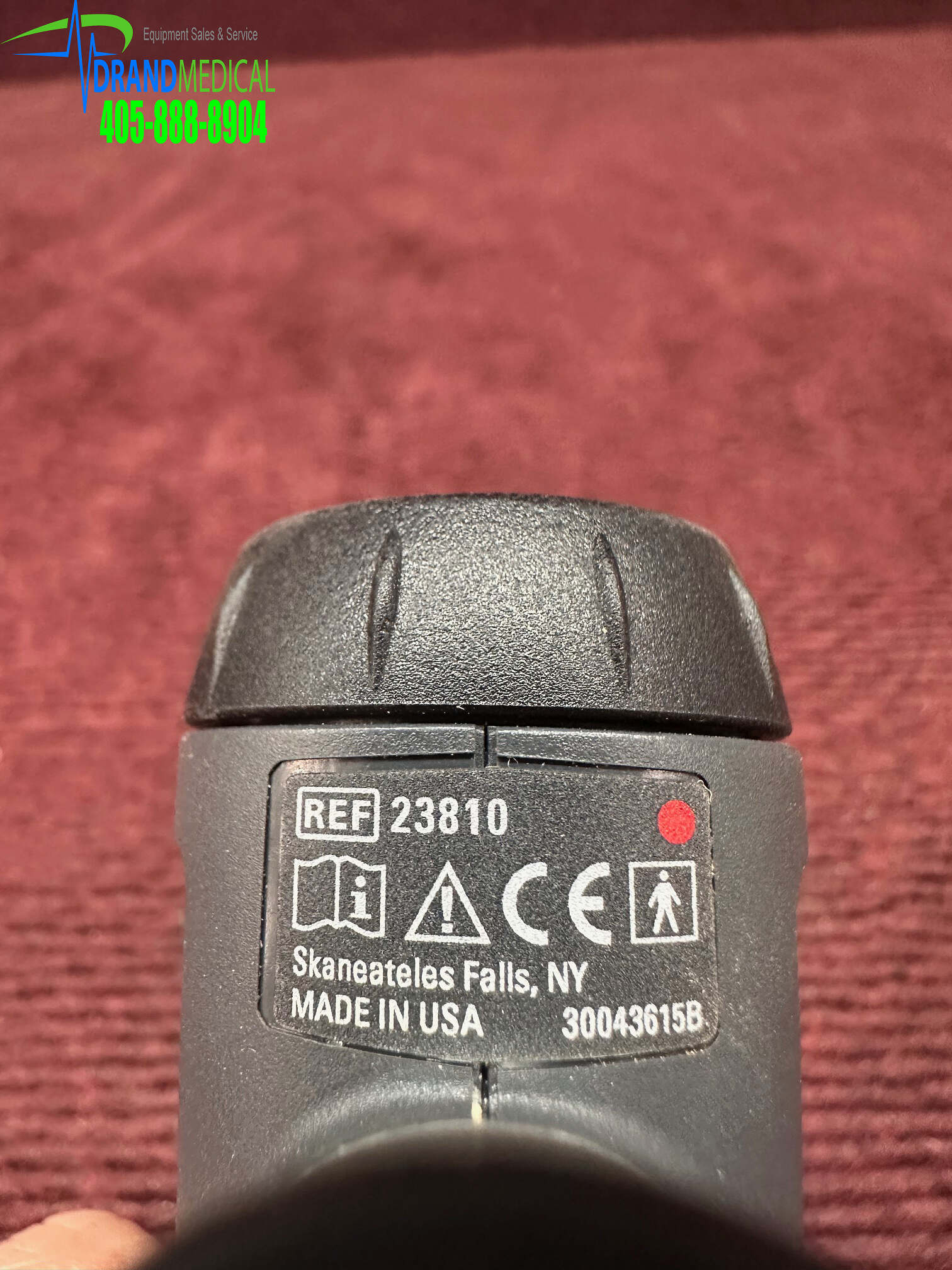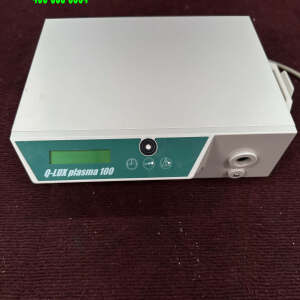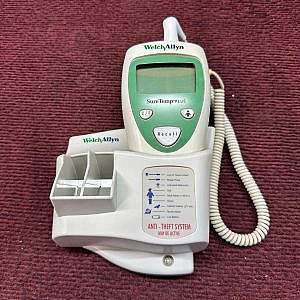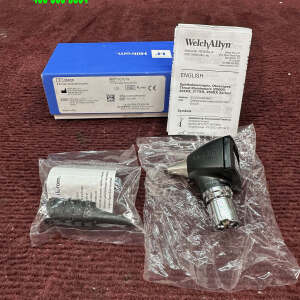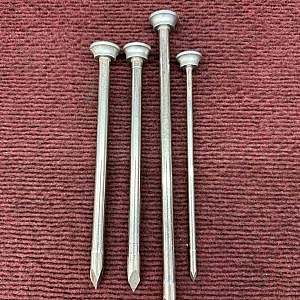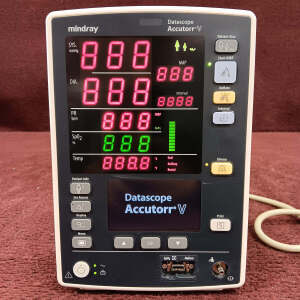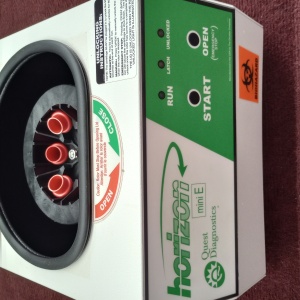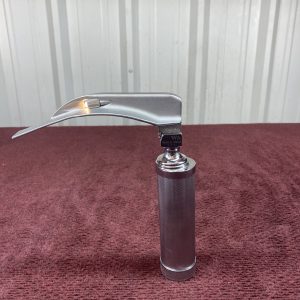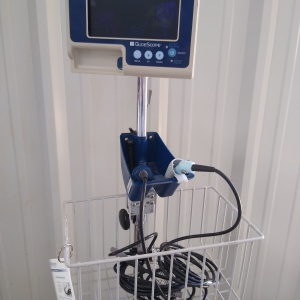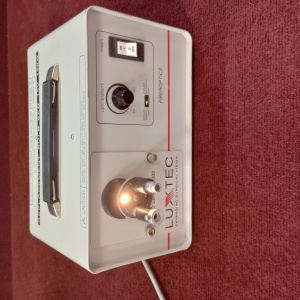Description
Overview for Welch Allyn 23810 MacroView Otoscope Head
The Welch Allyn MacroView otoscope features a patented optical system that provides the practitioner with an increased field of view and magnification to get a large, clear image of the tympanic membrane. Welch Allyn’s traditional diagnostic otoscopes feature a wide-angle magnified viewing lens.
Customize the Welch Allyn Macroview Otoscope:
-
23810- Macroview Otoscope Head Only
-
23814- Macroview Otoscope Head with Insufflation Bulb
-
23820- Macroview Otoscope Head with Illuminator
-
23824- Macroview Otoscope Head with Insufflation Bulb and Illuminator
Please Choose from the drop down Above.
Fiber optics and halogen light produce optimum illumination The Welch Allyn otoscope uses both fiber optic technology and Halogen HPX™ illumination. Fiberoptic light transmission provides a 360º ring of light without visual obstruction or specular reflection. This distal light results in glare-free viewing and an easier examination.
Focusing capability The Welch Allyn MacroView otoscope has the capability to zoom in or out on the area in view, resulting in a clearer image to aid in diagnosis. A focusing wheel, conveniently located on each side of the otoscope and the back eyepiece, is available to the practitioner for adjusting the focal length. The adjustable focal length can compensate for both the practitioner’s vision and the length of the patient’s ear canal, thus creating the clearest view of the tympanic membrane possible.
Pneumatic otoscopy capability When examining tympanic membrane mobility, the ability to perform pneumatic otoscopy is extremely valuable. The Welch Allyn otoscope incorporates a closed system and an airtight seal.
Specula attachment and removal The Welch Allyn MacroView otoscope features a unique specula attachment and removal design, the TipGrip, which provides the practitioner with a secure attachment between the specula and the otoscope during the exam.
After the examination is complete, the tip can be released from the otoscope by turning the TipGrip counterclockwise or by simply twisting off the tip with one hand, as is the technique with traditional otoscope models.

